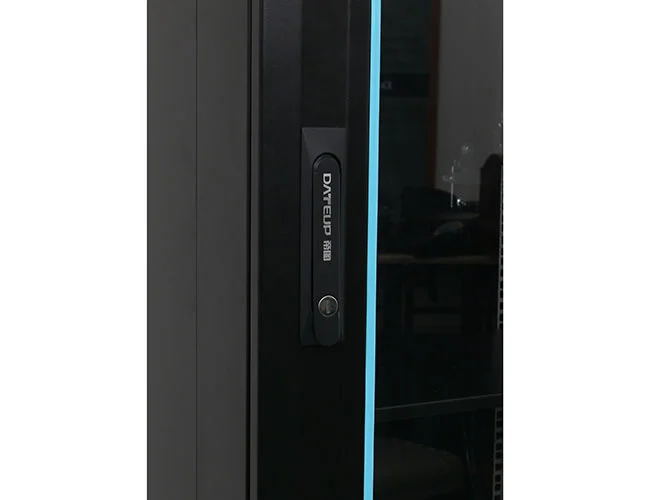News
Site Editor
 Site
https://leonetworkgroup.usa18.wondercdn.com/uploads/image/5fe152faa587d.png
IntroductionCable testers are electronic devices used to test various types of cables such as Ethernet, coaxial, and telephone cables. Cable testers are useful tools for technicians and engineers who work with cables regularly as they help to diagnose problems faster and ensure that cables are correctly installed and wired. A common feature found on cable testers is \"short,\" but what does short
Site
https://leonetworkgroup.usa18.wondercdn.com/uploads/image/5fe152faa587d.png
IntroductionCable testers are electronic devices used to test various types of cables such as Ethernet, coaxial, and telephone cables. Cable testers are useful tools for technicians and engineers who work with cables regularly as they help to diagnose problems faster and ensure that cables are correctly installed and wired. A common feature found on cable testers is \"short,\" but what does short
What Does Short Mean On A Cable Tester
Views: 1238
Author: Site Editor
Publish Time: 2023-07-17
Origin: Site
Introduction
Cable testers are electronic devices used to test various types of cables such as Ethernet, coaxial, and telephone cables. Cable testers are useful tools for technicians and engineers who work with cables regularly as they help to diagnose problems faster and ensure that cables are correctly installed and wired. A common feature found on cable testers is \"short,\" but what does short mean on a cable tester? This article aims to answer that question.
What is a Cable Short?
A short is a condition in which two conductors on a cable come into contact with each other, creating a path of low resistance. When this happens, current can flow through the cable in unintended ways, which can cause a range of issues from data loss to electrical fires.
Types of Cable Shorts
There are two main types of cable shorts that a cable tester can detect:
1. Short to Ground
A short to ground is when one of the cable's conductors comes into contact with the cable's shield or sheath, creating an unintended connection to ground. This type of short can cause current to flow through the cable's shield, which can create noise and interference and affect its performance.
2. Short Between Conductors
A short between conductors is when two conductors on a cable touch and form a connection. This can cause data loss, electrical shorts, and even damage to the equipment connected to the cable.
How Cable Testers Detect Shorts?
Cable testers have various methods of detecting shorts, including:
1. Continuity Test
The continuity test is the most common test used to detect shorts. This test sends a signal through the cable and measures its resistance. If there is low resistance, it indicates that there is a short somewhere on the cable.
2. TDR Test
The Time Domain Reflectometer (TDR) test is another method used to detect shorts. This test sends a signal down the cable and measures the time it takes to reach the end of the cable. If there is a short, the signal will reflect back to the point of the short, indicating its location.
Conclusion
In conclusion, a short is a condition in which two conductors on a cable come into contact with each other, creating a path of low resistance. Cable testers can detect shorts using the continuity or TDR test methods. By detecting shorts, cable testers help technicians and engineers diagnose problems faster and ensure that cables are correctly installed and wired, minimizing the risk of data loss and equipment damage.
If you want to know more about industrial network cabinet,china fiber optic splice closure,china fiber optic distribution box,please consult the fiber optic splice closure factory









